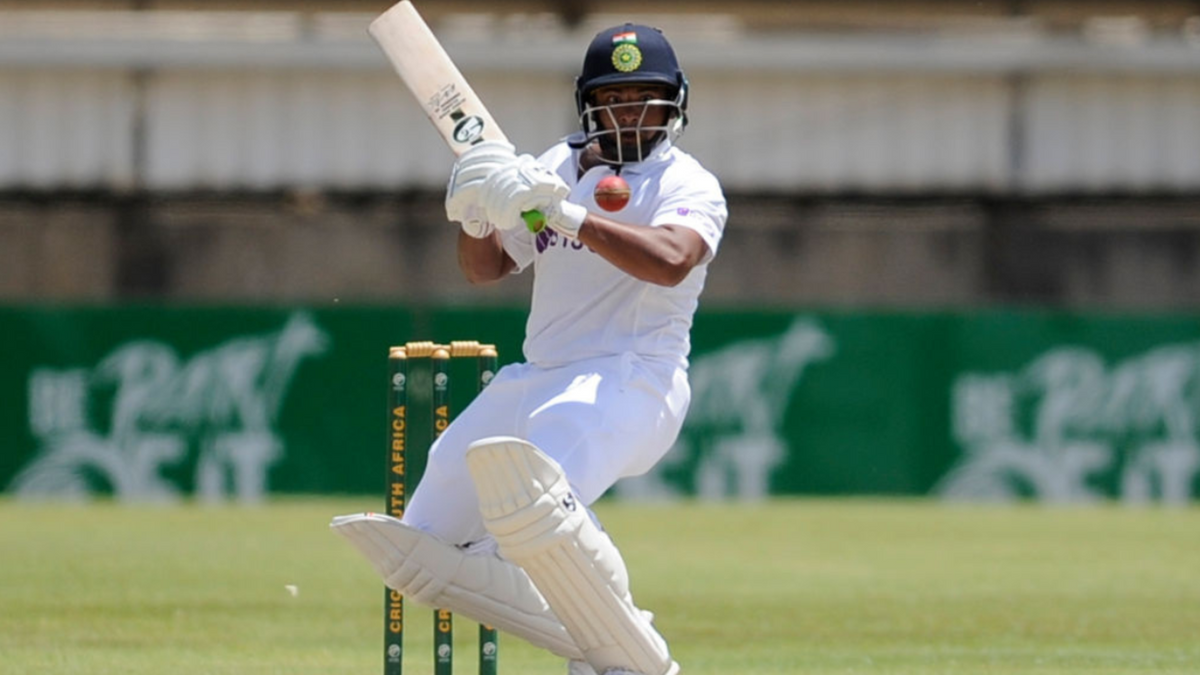
Sarfaraz Khan was ignored once again as India announced their Test squad for the upcoming West Indies tour in July. Naman Agarwal attempts to understand why despite having a first-class batting average of nearly 80, Sarfaraz is not getting the elusive India call-up.
Subscribe to the Wisden Cricket YouTube channel for post-match analysis, player interviews, and much more.
In first-class cricket, 133 players have scored more than 2,000 runs at an average of 50 or more. Of them, 14 have an average in excess of 60, while only two have crossed 75: Sarfaraz Khan and Don Bradman.
Sarfaraz’s exploits in first-class cricket in the last few years have been so out of the ordinary that even people who normally have nothing to do with the Indian domestic circuit are rooting for his selection in the national side.
Even if Rahane fails to deliver against West Indies, Iyer, incumbent No.5, may be fit and raring to go by the time India’s next Test series comes along, making Sarfaraz’s wait a potentially long one.
Gaikwad and Jaiswal, on the other hand, are both top-order batters. One of them and Shubman Gill will occupy the No.3 spot left vacant by Pujara’s absence while one will serve as the reserve opener.
Perceptions
There have been some question marks over Sarfaraz’s ability to handle pace, fitness, and performances against top domestic sides. Most of these claims are perception-driven and do not have a lot of substance behind them.
While he did seem to get a bit hurried by pace in IPL 2023, a couple of false shots in the slam-bang of T20 cricket should not be enough to judge a batter’s first-class batting abilities. As far as fitness is concerned, he may not be the slimmest, but his consistent scoring in the last few seasons, including seven scores in excess of 150 are clear indicators that he is fit enough to survive the rigours of Test cricket.
His performances against the better teams in Indian domestic cricket have been outstanding as well. In first-class cricket, he averages 101.83 against Saurashtra, 82 against Madhya Pradesh, 79 against Karnataka, and 43 against Bengal – and these are among the top Indian domestic sides in the last few years.
What next for Sarfaraz Khan?
While he has done all that he can in domestic cricket, Sarfaraz Khan has not yet left the same kind of mark at the next level, i.e., in the IPL and for India A. The re-emergence of Rahane has also hurt his chances, and while the perceptions about him might be far from correct, they do have an impact.
Luckily, at 25, he still has time on his side. With his domestic record, he is bound to get more chances in the IPL and at the ‘A’ level. The Indian Test team is also set to go through turbulent times in terms of personnel changes in the near future.
The best thing Sarfaraz can do for himself right now is to sit tight, continue his good work, ramp up his IPL and India A returns, and hope that the stars line up for him.








